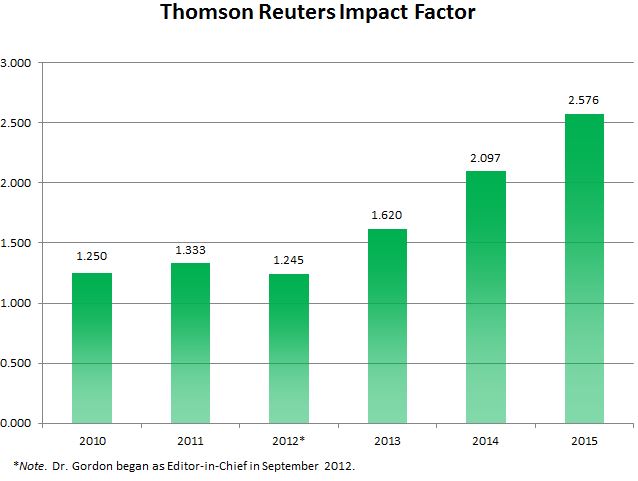We ask authors to describe their impressions regarding the implications of their accepted work, how their findings will change practice, and what is noteworthy about the work.
Medication-assisted treatment for opioid dependence in Twelve Step–oriented residential rehabilitation settings
Marc Galanter, Marvin Seppala, and Audrey Klein
Substance Abuse Vol. 37 , Iss. 3,2016
There are 3,450 residential programs in the USA that are colloquially referred to as “rehabs.” They treat a large portion of people with severe substance use disorders, often with little input regarding contemporary therapeutic techniques developed within the biomedical community. It is important for expert clinicians to be aware of this potential deficit, both in choice of facility, to which they may refer patients, and to the clinical issues they may confront when asked to follow up when a patient is discharged from residential treatment.
————————————————————————————————-
Our newly released issue is now online —> July-September 2016.
————————————————————————————————-
